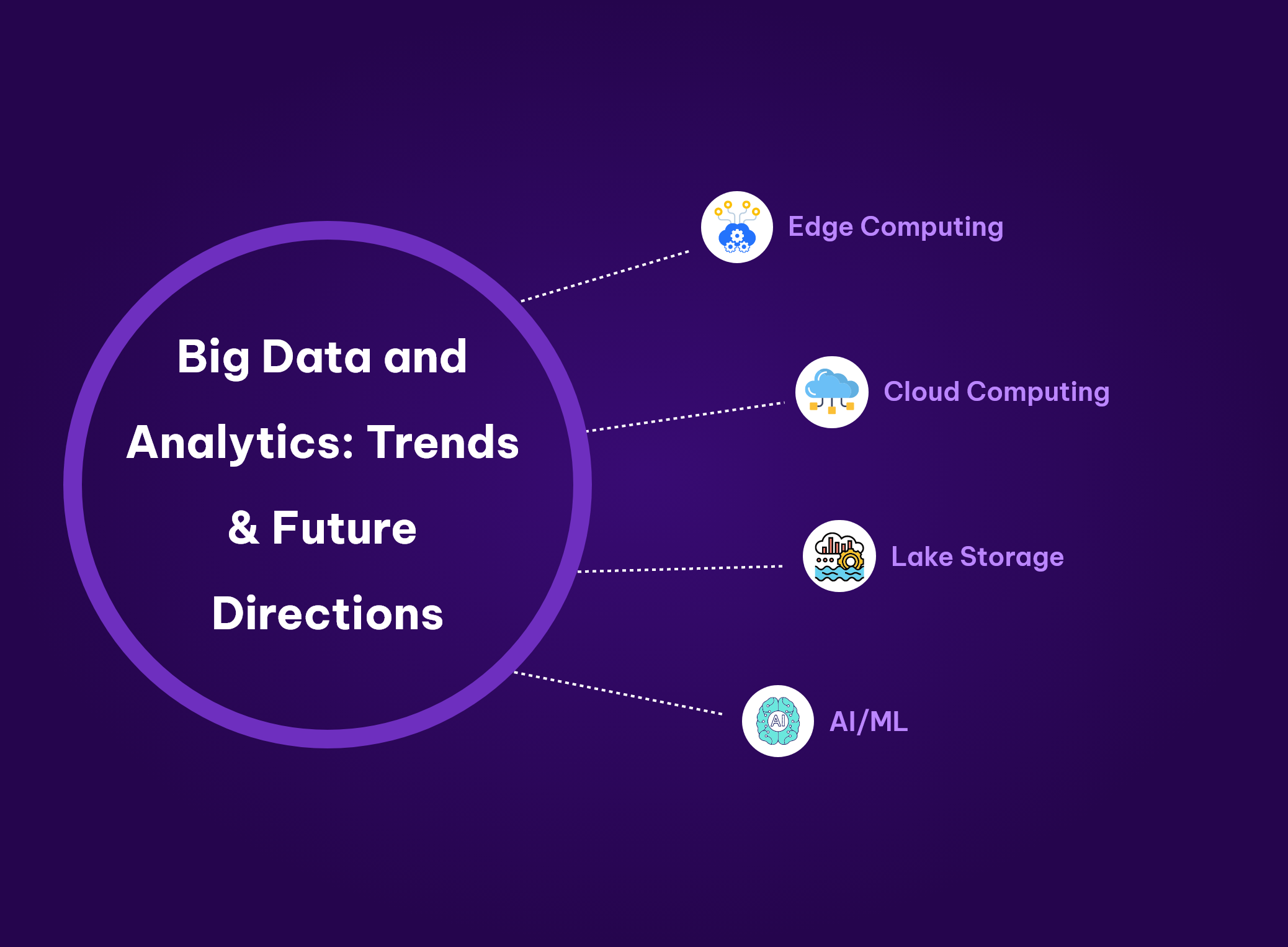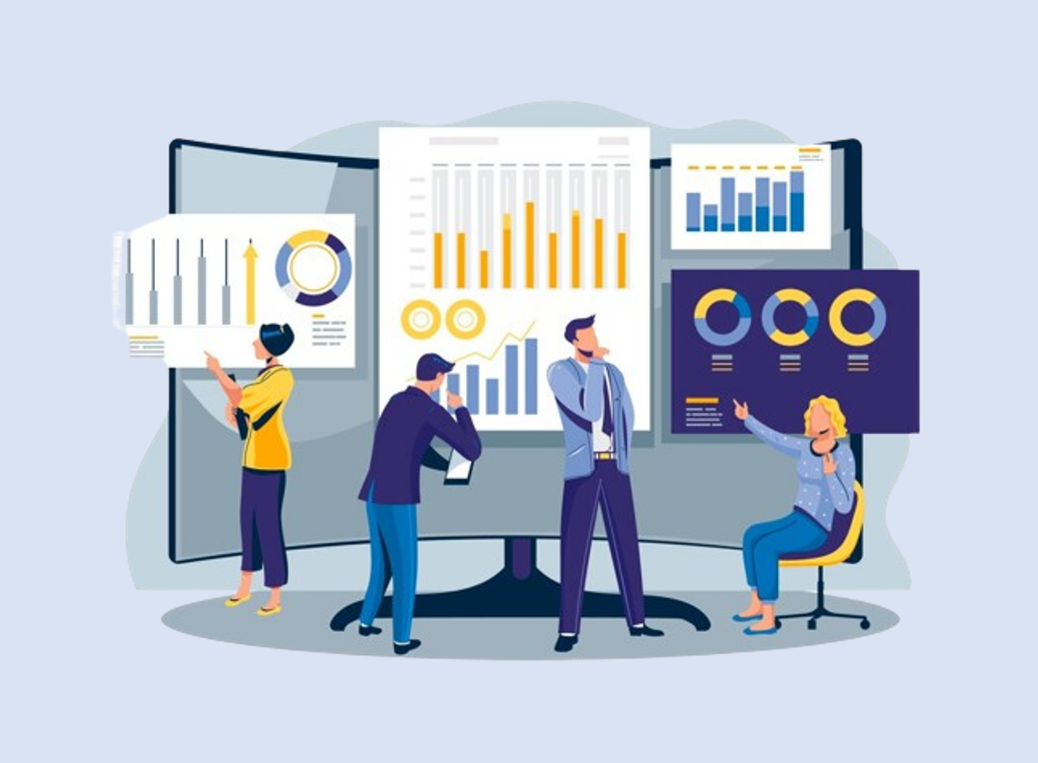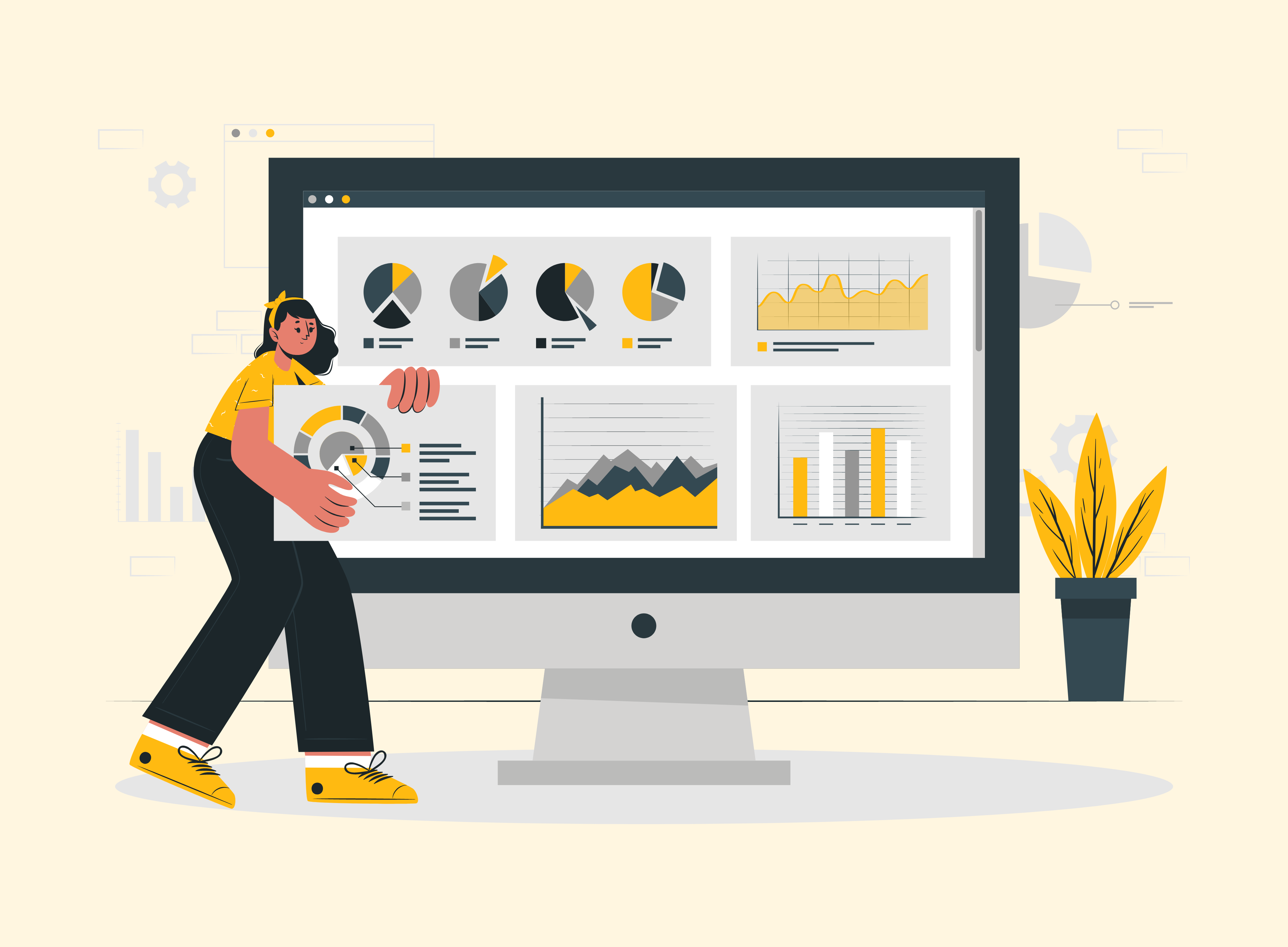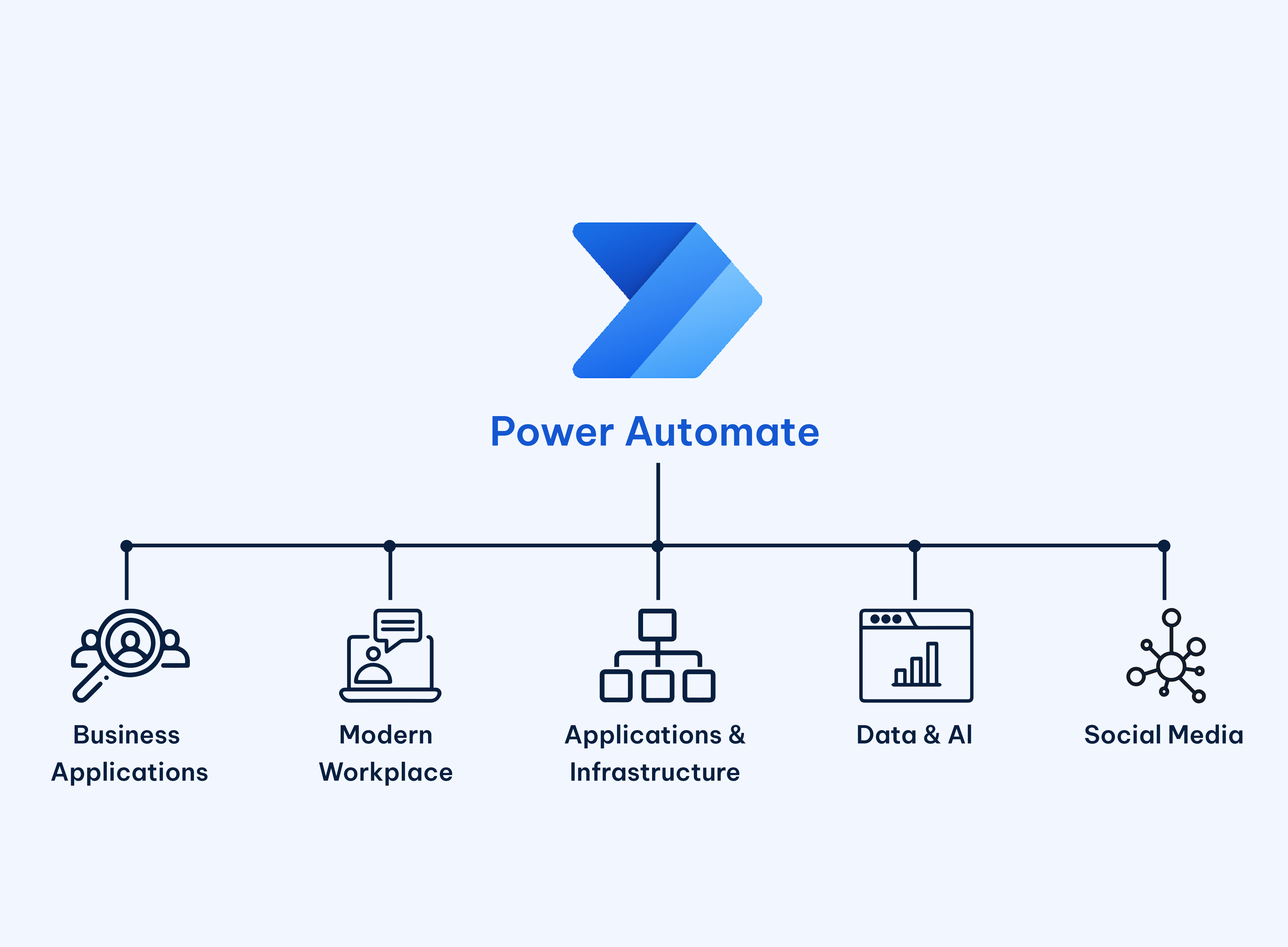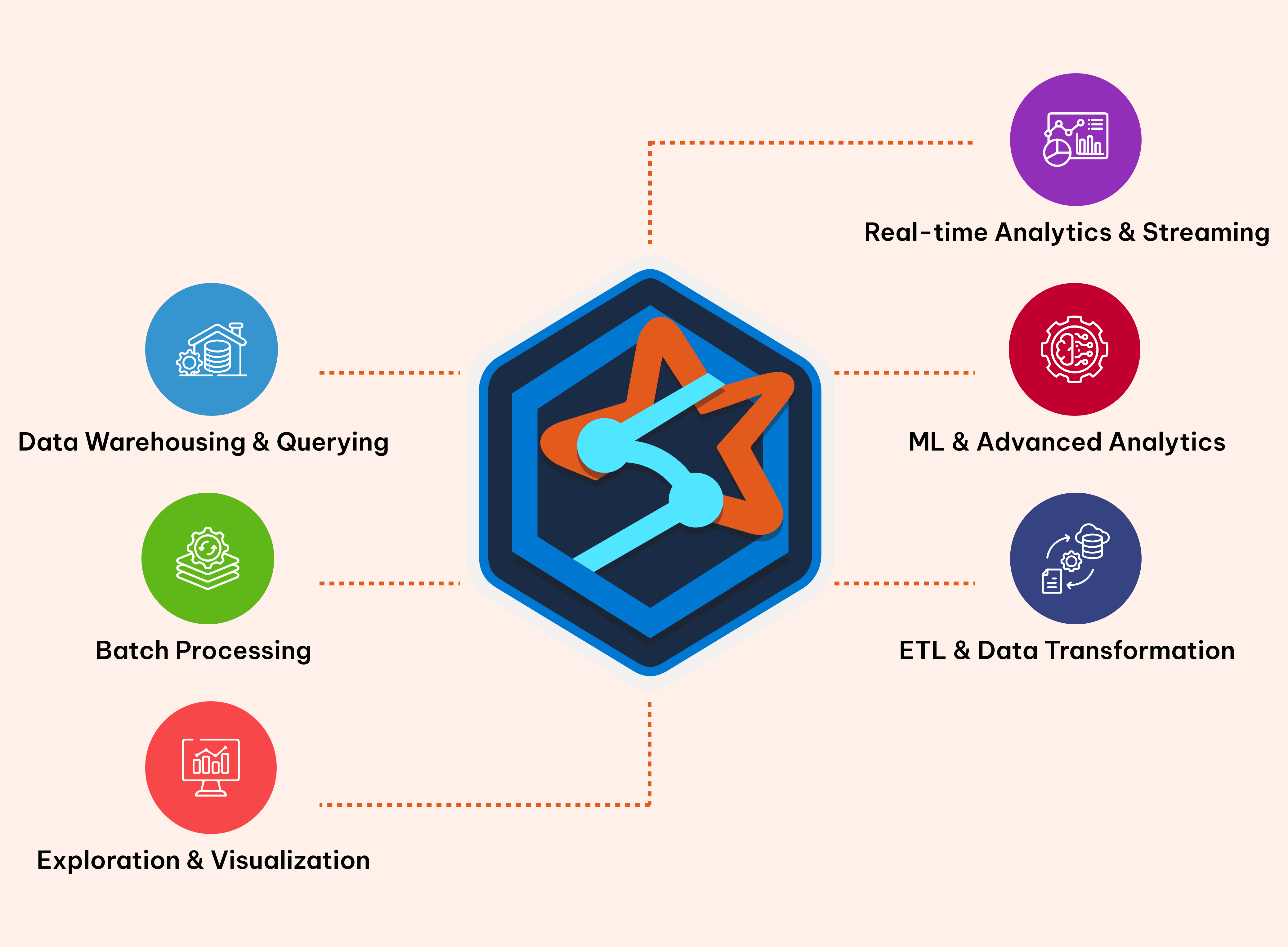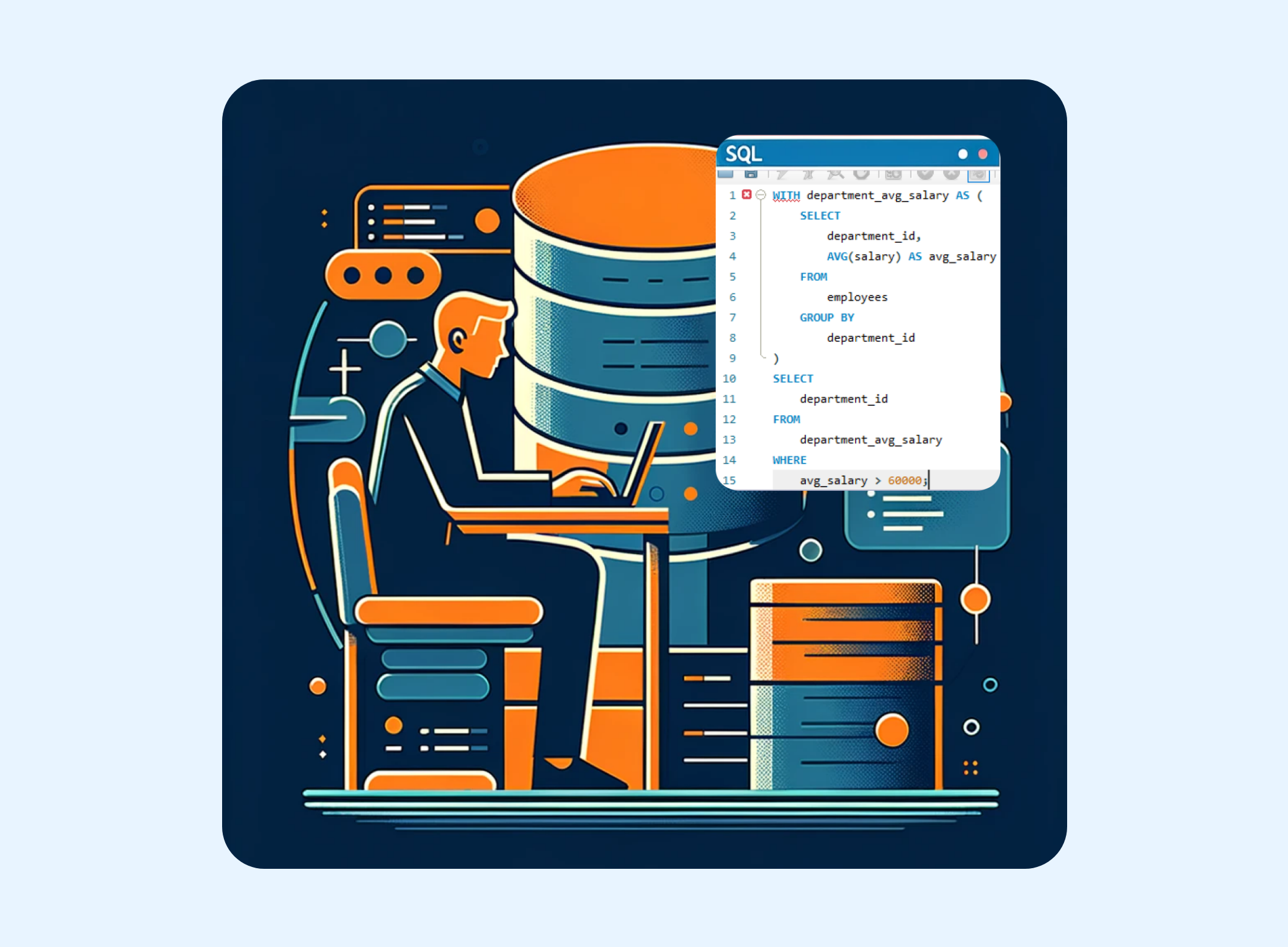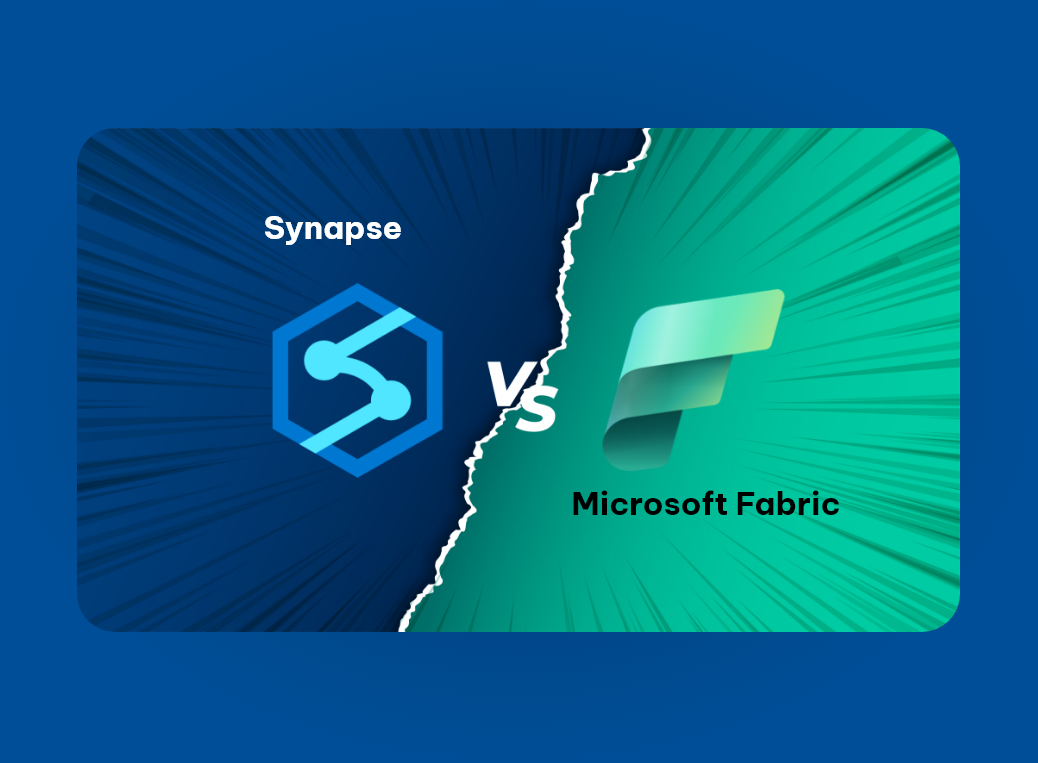Data Analytics
Data Analysis revolves around a Symbiotic Trio

Data analysis is not just a profession but an art form, intricately weaving together the fabric of reality with human ingenuity. At the heart of this process are three pivotal components: the Reality we seek to understand, the Data and Models that describe it, and the Human Mental Models that interpret this information. This blog post explores the symbiotic relationship between these elements, each playing a vital role in our quest for deeper understanding.
Reality: The Canvas of Data Analysis
Reality, the canvas on which we paint our analyses, is the natural world in its unaltered, complex form. It is this reality that data analysts aim to capture and understand. However, the data we collect is never a perfect reflection of reality. It's a snapshot, influenced by our measurement tools and the specific facets we choose to observe.
Data and Models: Structuring Reality
Data and Models are the tools we use to structure and make sense of reality. They are the translators, turning raw, unstructured reality into an organized form we can analyse. Data represents quantifiable aspects of reality, while models provide the framework to arrange and interpret this data. They are our attempts to create a mirror of the complex world in which we live.
Human Mental Models: Interpreting Data
Humans play a crucial role in this triad. Our mental models of reality shape how we perceive, interact with, and interpret data and models. These mental models, built from our experiences, knowledge, and cognitive biases, act as filters through which we understand the data. They allow us to process complex information, but also introduce subjectivity into our interpretation. This human element is pivotal in making sense of the data, transforming numbers and models into meaningful insights.
Consider the application of Smart Pricing Strategies in the retail industry as a concrete example of this trio in action:
Reality in Smart Pricing Strategies
Here, 'Reality' consists of the dynamic market environment, customer behaviours, competitive landscape, and external factors influencing product pricing. This reality captures how customers respond to different price points, seasonal demand fluctuations, and competitors' pricing strategies.
Data and Models in Smart Pricing Strategies
In this context, collecting data that reflects the market reality involves gathering historical sales data, customer purchase patterns, market trends, and competitor pricing information.
Advanced data models, predictive analytics might forecast demand variations with price changes, while machine learning algorithms could determine optimal prices for different customer segments.
The Crucial Role of Human Expertise
Final step, business analysts, marketers, and decision-makers use their expertise and experience to interpret the outputs of the data models. The insights are refined through human judgment, culminate in effective pricing strategies that align with the business's strategic objectives.
Conclusion
In navigating the interplay of Reality, Data/Models, and Human Mental Models, In22labs champions a data analytics approach that not only deciphers the present but anticipates the future. Our expertise in refining data models and adapting human insights ensures that we continually unlock deeper, actionable knowledge for innovative solutions.
Ready to explore the future of data analytics with us? Get in touch to schedule a demo today!
Tags
- Business Insights
- In22labs
- Data Analysis
- Data Models
- Reality Understanding
- Human Mental Models
- PowerBI
- Data Analytics
- e-governance
Written by
Rohini
Published on
22 January 2024








